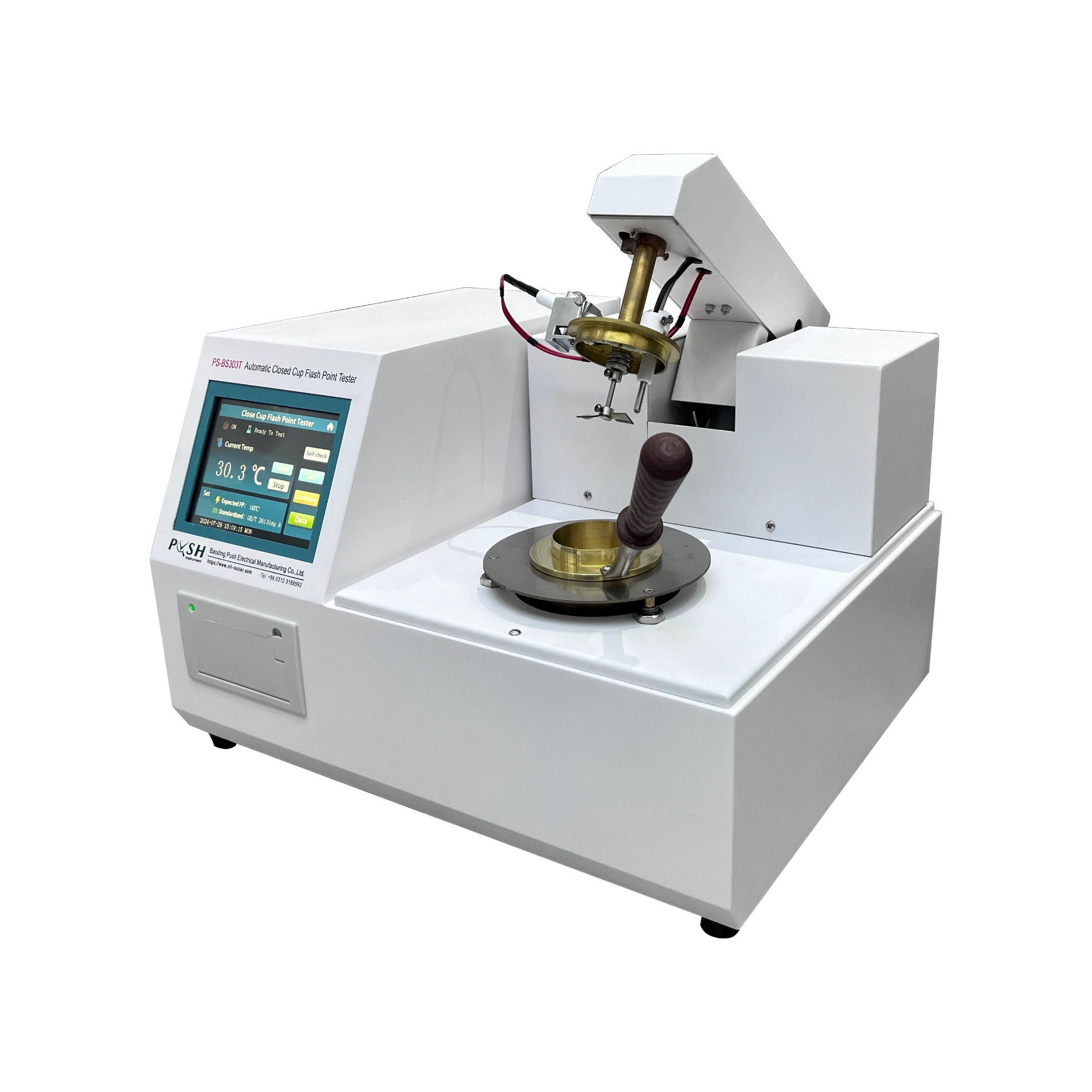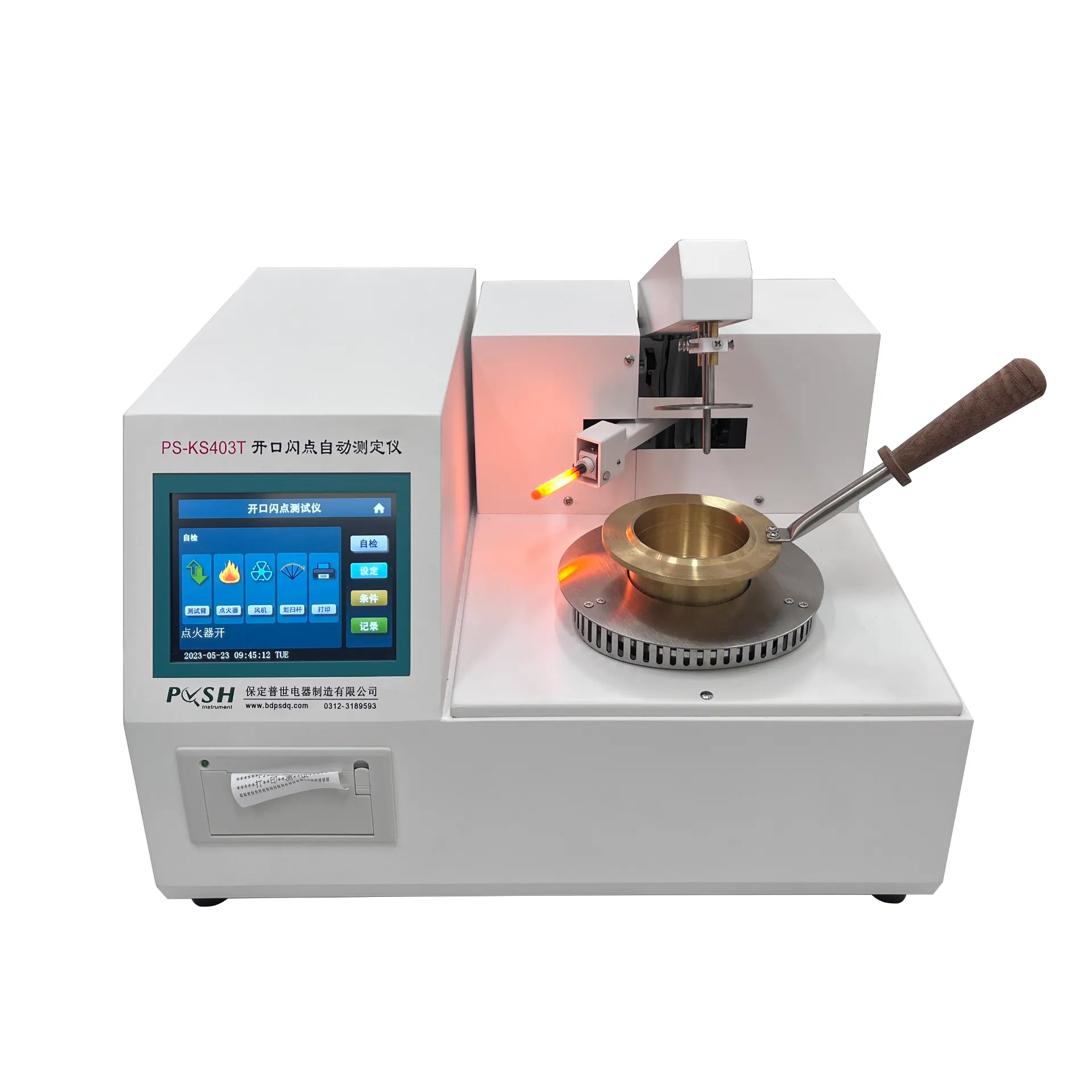TEL:
+86-0312-3189593
 English
English

Telephone:0312-3189593

Email:sales@oil-tester.com

-
 Afrikaans
Afrikaans -
 Albanian
Albanian -
 Amharic
Amharic -
 Arabic
Arabic -
 Armenian
Armenian -
 Azerbaijani
Azerbaijani -
 Basque
Basque -
 Belarusian
Belarusian -
 Bengali
Bengali -
 Bosnian
Bosnian -
 Bulgarian
Bulgarian -
 Catalan
Catalan -
 Cebuano
Cebuano -
 China
China -
 China (Taiwan)
China (Taiwan) -
 Corsican
Corsican -
 Croatian
Croatian -
 Czech
Czech -
 Danish
Danish -
 Dutch
Dutch -
 English
English -
 Esperanto
Esperanto -
 Estonian
Estonian -
 Finnish
Finnish -
 French
French -
 Frisian
Frisian -
 Galician
Galician -
 Georgian
Georgian -
 German
German -
 Greek
Greek -
 Gujarati
Gujarati -
 Haitian Creole
Haitian Creole -
 hausa
hausa -
 hawaiian
hawaiian -
 Hebrew
Hebrew -
 Hindi
Hindi -
 Miao
Miao -
 Hungarian
Hungarian -
 Icelandic
Icelandic -
 igbo
igbo -
 Indonesian
Indonesian -
 irish
irish -
 Italian
Italian -
 Japanese
Japanese -
 Javanese
Javanese -
 Kannada
Kannada -
 kazakh
kazakh -
 Khmer
Khmer -
 Rwandese
Rwandese -
 Korean
Korean -
 Kurdish
Kurdish -
 Kyrgyz
Kyrgyz -
 Lao
Lao -
 Latin
Latin -
 Latvian
Latvian -
 Lithuanian
Lithuanian -
 Luxembourgish
Luxembourgish -
 Macedonian
Macedonian -
 Malgashi
Malgashi -
 Malay
Malay -
 Malayalam
Malayalam -
 Maltese
Maltese -
 Maori
Maori -
 Marathi
Marathi -
 Mongolian
Mongolian -
 Myanmar
Myanmar -
 Nepali
Nepali -
 Norwegian
Norwegian -
 Norwegian
Norwegian -
 Occitan
Occitan -
 Pashto
Pashto -
 Persian
Persian -
 Polish
Polish -
 Portuguese
Portuguese -
 Punjabi
Punjabi -
 Romanian
Romanian -
 Russian
Russian -
 Samoan
Samoan -
 Scottish Gaelic
Scottish Gaelic -
 Serbian
Serbian -
 Sesotho
Sesotho -
 Shona
Shona -
 Sindhi
Sindhi -
 Sinhala
Sinhala -
 Slovak
Slovak -
 Slovenian
Slovenian -
 Somali
Somali -
 Spanish
Spanish -
 Sundanese
Sundanese -
 Swahili
Swahili -
 Swedish
Swedish -
 Tagalog
Tagalog -
 Tajik
Tajik -
 Tamil
Tamil -
 Tatar
Tatar -
 Telugu
Telugu -
 Thai
Thai -
 Turkish
Turkish -
 Turkmen
Turkmen -
 Ukrainian
Ukrainian -
 Urdu
Urdu -
 Uighur
Uighur -
 Uzbek
Uzbek -
 Vietnamese
Vietnamese -
 Welsh
Welsh -
 Bantu
Bantu -
 Yiddish
Yiddish -
 Yoruba
Yoruba -
 Zulu
Zulu
Фев . 05, 2025 00:47
Back to list
distribution transformer testing pdf
Understanding the importance of distribution transformer testing is essential for anyone involved in the electrical infrastructure industry. These devices are crucial components in power networks, stepping down voltage from transmission levels to distribution levels suitable for consumer use. Ensuring their optimal performance and reliability is critical, and that's where the significance of rigorous testing comes into play.
Another essential procedure is power factor testing, which evaluates the efficiency of the transformer's insulation. Power factor tests measure the cosine of the angle between voltage and current, offering a clear picture of insulation's dielectric losses. Elevated power factor readings typically indicate deteriorative processes within the insulation system. For comprehensive evaluation, it's also beneficial to undertake off-line and on-line monitoring systems. Off-line systems require the transformer to be taken out of service, such as with frequency response analysis, which checks the mechanical integrity of the core and windings. Conversely, on-line systems like thermal imaging allow continuous performance monitoring under load conditions, spotting abnormal heating that can precede failures. Equipped with these testing tools, engineers ensure the transformers’ adherence to industry standards, which is paramount for safety, efficiency, and reliability. When performed by qualified professionals, these tests affirm the transformer's readiness to handle its intended load and environmental conditions. Companies that prioritize routine distribution transformer testing enjoy a significant competitive edge by minimizing downtime and extending equipment life. Investing in proper testing translates to reduced operational costs and improved customer satisfaction due to fewer power interruptions. In summary, rigorous testing of distribution transformers is a critical component in maintaining the stability and efficiency of power systems. Through detailed inspection and advanced diagnostic techniques, stakeholders gain a comprehensive understanding of transformer health, ensuring uninterrupted and reliable power supply. This not only safeguards equipment but also optimizes performance, paving the way for advances in energy management and electrical engineering reliability.


Another essential procedure is power factor testing, which evaluates the efficiency of the transformer's insulation. Power factor tests measure the cosine of the angle between voltage and current, offering a clear picture of insulation's dielectric losses. Elevated power factor readings typically indicate deteriorative processes within the insulation system. For comprehensive evaluation, it's also beneficial to undertake off-line and on-line monitoring systems. Off-line systems require the transformer to be taken out of service, such as with frequency response analysis, which checks the mechanical integrity of the core and windings. Conversely, on-line systems like thermal imaging allow continuous performance monitoring under load conditions, spotting abnormal heating that can precede failures. Equipped with these testing tools, engineers ensure the transformers’ adherence to industry standards, which is paramount for safety, efficiency, and reliability. When performed by qualified professionals, these tests affirm the transformer's readiness to handle its intended load and environmental conditions. Companies that prioritize routine distribution transformer testing enjoy a significant competitive edge by minimizing downtime and extending equipment life. Investing in proper testing translates to reduced operational costs and improved customer satisfaction due to fewer power interruptions. In summary, rigorous testing of distribution transformers is a critical component in maintaining the stability and efficiency of power systems. Through detailed inspection and advanced diagnostic techniques, stakeholders gain a comprehensive understanding of transformer health, ensuring uninterrupted and reliable power supply. This not only safeguards equipment but also optimizes performance, paving the way for advances in energy management and electrical engineering reliability.
Previous:
Latest news
-
Testing Equipment Industry Sees Major Advancements in 2025: Smart & Precision Technologies Lead the WayNewsJun.06,2025
-
Applications of Direct Current Generators in Renewable Energy SystemsNewsJun.05,2025
-
Hipot Tester Calibration and Accuracy GuidelinesNewsJun.05,2025
-
Digital Circuit Breaker Analyzer Features and BenefitsNewsJun.05,2025
-
Benefits of Real-Time Power Quality Monitoring Devices for Industrial EfficiencyNewsJun.05,2025
-
Earth Fault Loop Testing in High-Rise Building Electrical SystemsNewsJun.05,2025



